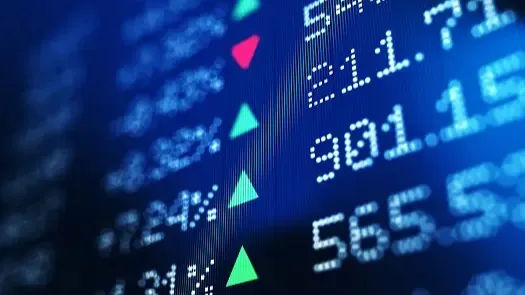saffron farmer | Image:Republic
Hi-tech farm intervention: Artificial intelligence can help is addressing one of the most pressing concerns of the globe – an impending food crisis. India, despite its vast agri-production can take a giant leap with implementation of AI. As the use of AI in global agriculture is poised to touch $3.95 billion by 2029, Republic Business takes a deep dive into how artificial intelligence could play catalyst.
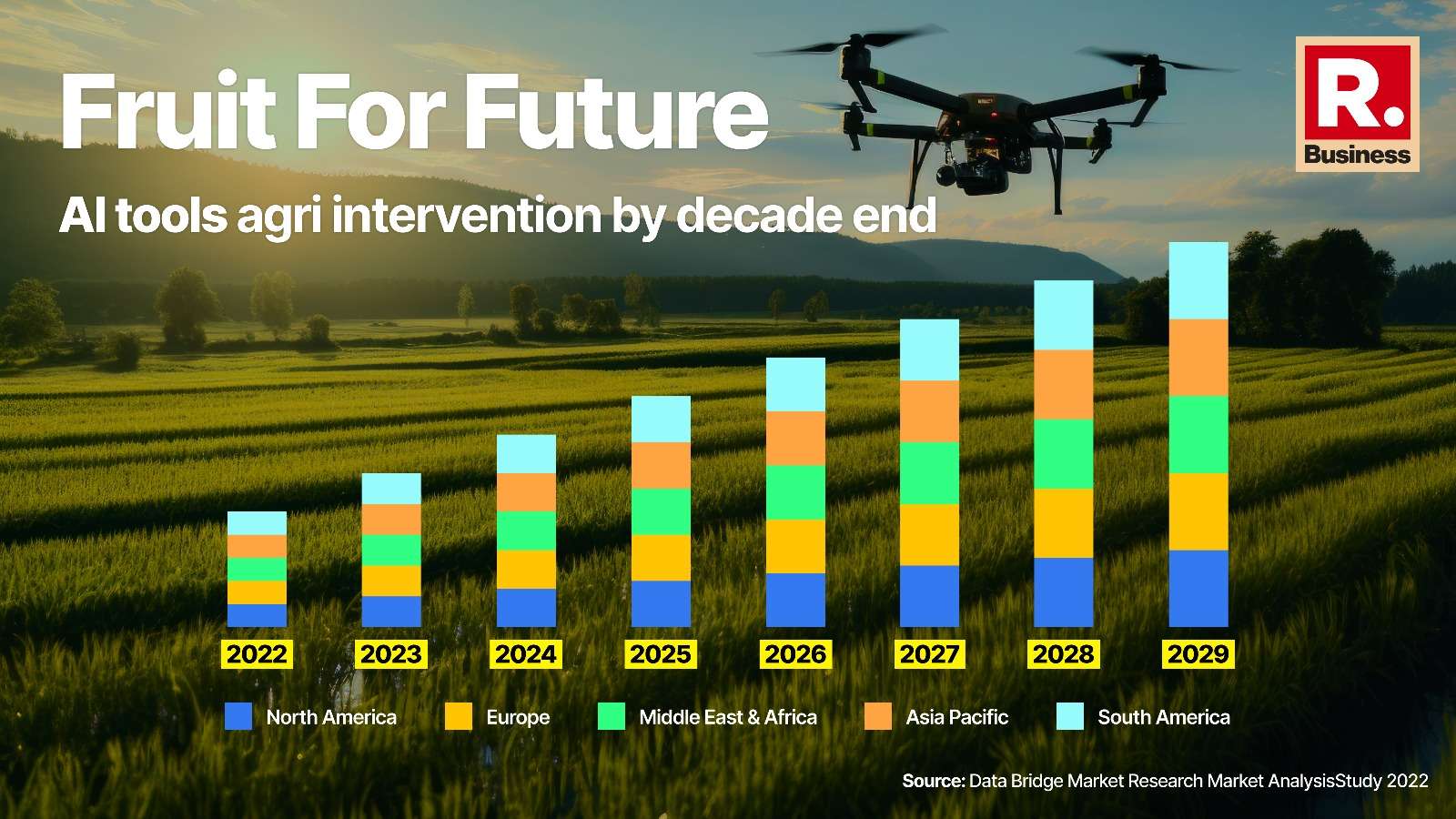
Agri AI Prospects
Analysis by Data Bridge Market Research (refer to data in graphics above) last year, has revealed that use of AI in agriculture will go up to $3.95 billion by year 2029. A similar phenomenon can occur in India provided agriculture in India also uses modern knowledge and technical expertise like AI in agriculture. It will mean precision farming using robots and drones in agriculture for operations like yield monitoring, weather tracking and field mapping, irrigation management, greenhouse management, fish farming, nutrient monitoring , moisture monitoring etc.etc. purposes. Globally, there are several companies that are already big players in use of AI and another techniques in agriculture such as Hewlett Packard, Cisco Systems, IBM, Microsoft, Amazon, Oracle, and Google. IT giant Wipro is also operating in the field. It is estimated that AI can add about $15.7 trillion to the world economy by 2030 which is equivalent to the combined present economy of China and India. Such use will be a significant departure from the traditional farming practices used by the farmers which results in low yield and extensive dependence on monsoon. It is estimated that use of AI in agriculture has potential of $500 billion by 2030 from $35 billion at present.
Improved Doppler Radars
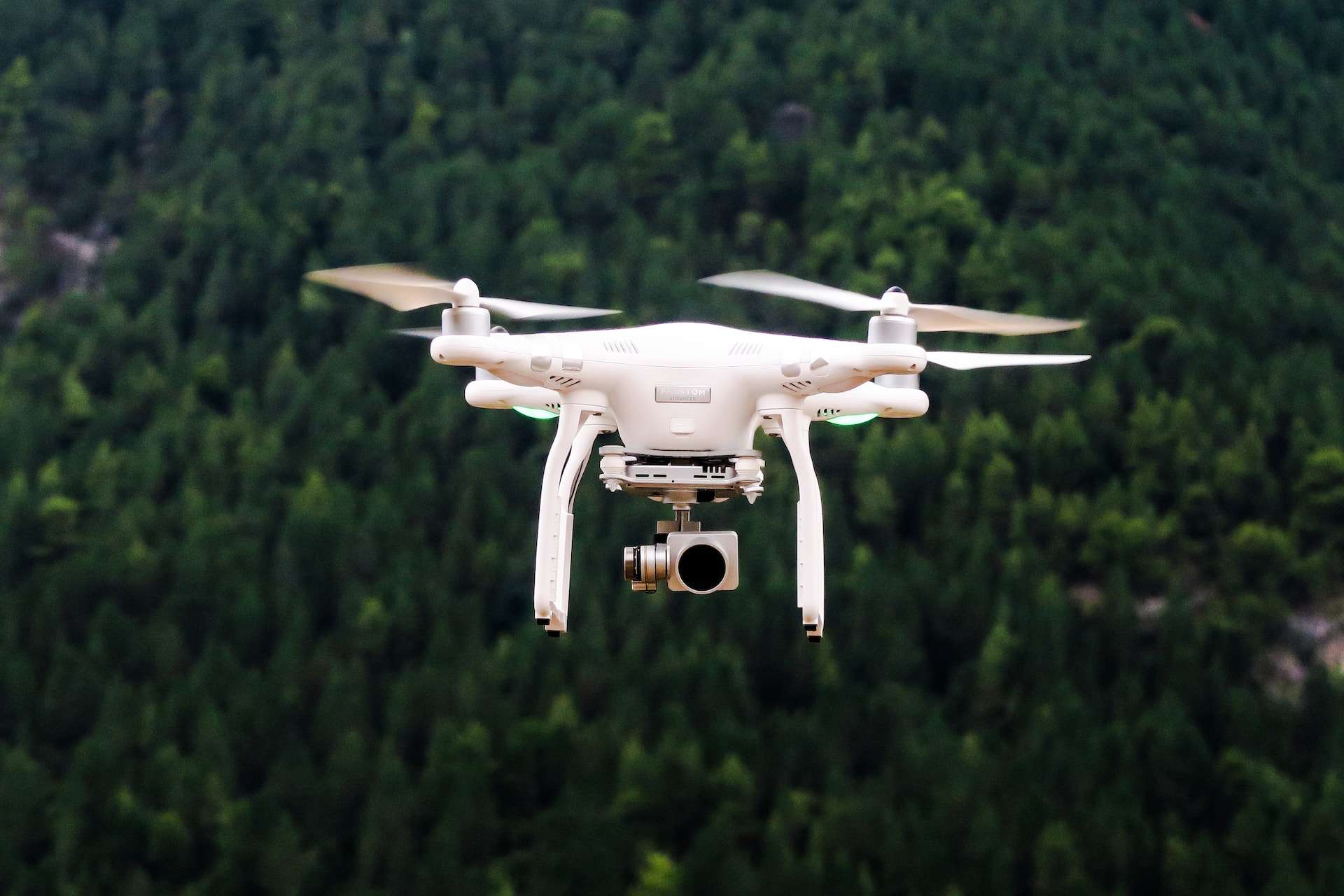
Image Credit: Unsplash
Union Earth Sciences Minister Kiren Rijiju recently pitched for setting up more observatories across the country to make better weather forecasts. While the government is keen for greater participation of private sector in fulfilling India’s needs for more Doppler radars in precise localised weather forecasting, experts believe AI’s immediate role could be in analysing weather conditions, monitoring and protecting soil to get optimum productivity. While Plantix, a Germany based technology startup has developed applications that can identify nutrient deficiencies in soil including pests and diseases for optimum use of fertilizer to improve harvest quality, Yashwant Gharpure, a veteran Consultant agriculture sector in Maharashtra for over five decades says with the help of AI, soil restoration to optimise the yield can also take place. “Trace Genomics is another machine learning based company that can help farmers to do soil analysis. By obtaining data from the field and its analysis by expert can generate detailed report about current health of the farm including identifying pest and bacteria’s so that farmers can control pest,” says Gharpure. He says even weed detection and control can also be done by AI. In fact, non chemical ways of reducing weeds can also be done. Further, with the help of AI, farmers can determine product quality in real times thereby enabling him to get appropriate price for his produce, he said.
Microsoft backed App

Image Credit: Unsplash
Microsoft India along with Hyderabad-based International Crop Research Institute (ICRISAT) has developed an AI sowing app which can send sowing advisories on optimal date for sowing to farmers so as to maximising yield by monitoring rainfall and soil moisture and in the process optimising the water management. Microsoft, further in collaboration with United Phosphorus has developed Pest Risk Prediction App and dozens of farmers from villages in Telangana, Maharashtra, Madhya Pradesh etc are receiving voice call alerting about pest attack risk based on weather conditions and stage of the crop. Another area where AI can help is in the field of monitoring and analysing soil moisture and humidity and helping farmers with appropriate irrigation thereby mitigating wastage of water while at the same time improving efficiency and sustainability. AI can also help in warehousing. AI can be gainfully utilised for the entire agro productivity optimisation process at least cost. The use of AI is based on extensive use of sensors , photographs by drones and satellite imaging use. In the process, Indian agriculture can move from vagaries of weather to precision agriculture.
Agri AI Developments
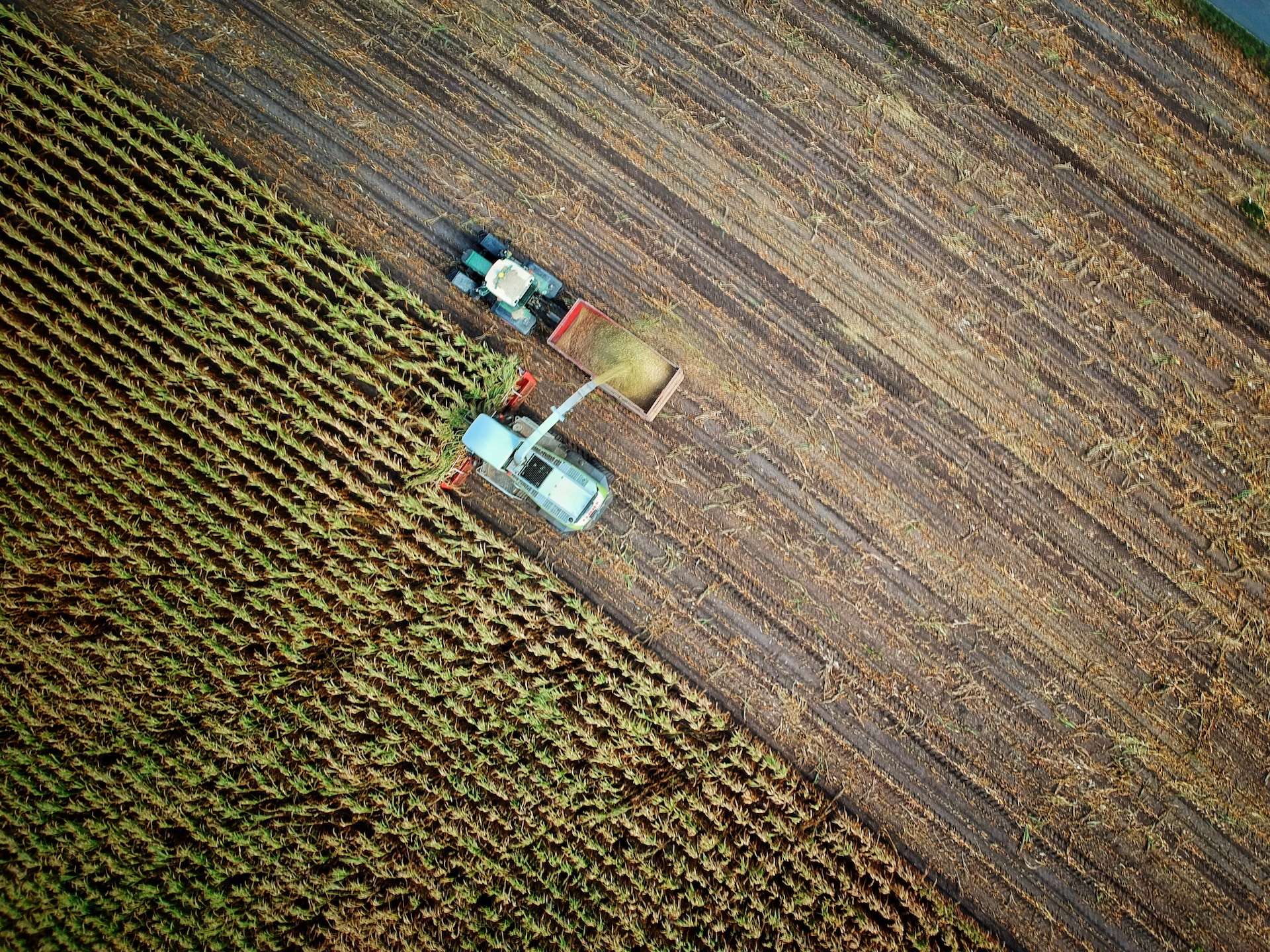
Image Credit: Unsplash
The Government of India has taken initiatives for use of AI in farming. Stating this, Agriculture and Farmers Welfare Minister Narendra Tomar recently asserted that AI can be used in multiple domains of agriculture such as weather, crop and price forecasting, and yield estimation. Under the Pradhan Mantri Fasal Bima Yojana, the government has carried out many pilot studies for optimisation of crop cutting experiments, in which AI was used to optimization and yield estimation, the Minister had said. However, experts feel the solution is to make use of newer and newer technologies such as precision farming, vertical farming along with extensive use of artificial intelligence. “What it means is to switch from current traditional farming methods to newer automated methods duly supported by artificial intelligence. Such use could save agriculture from effects of climate change which is resulting in wide variations in climate and its effects on agro productivity. The global warming has already created wide variations in rainfall for which traditional way of agriculture is not geared up,” Gharpure said. Along with variations in rainfall, there is also variations in temperature and humidity and same is compounded by pollution. As a result, farmers used to traditional farming methods have problem in making appropriate decisions taking into account the various uncertainties mentioned earlier.
Increased Automation
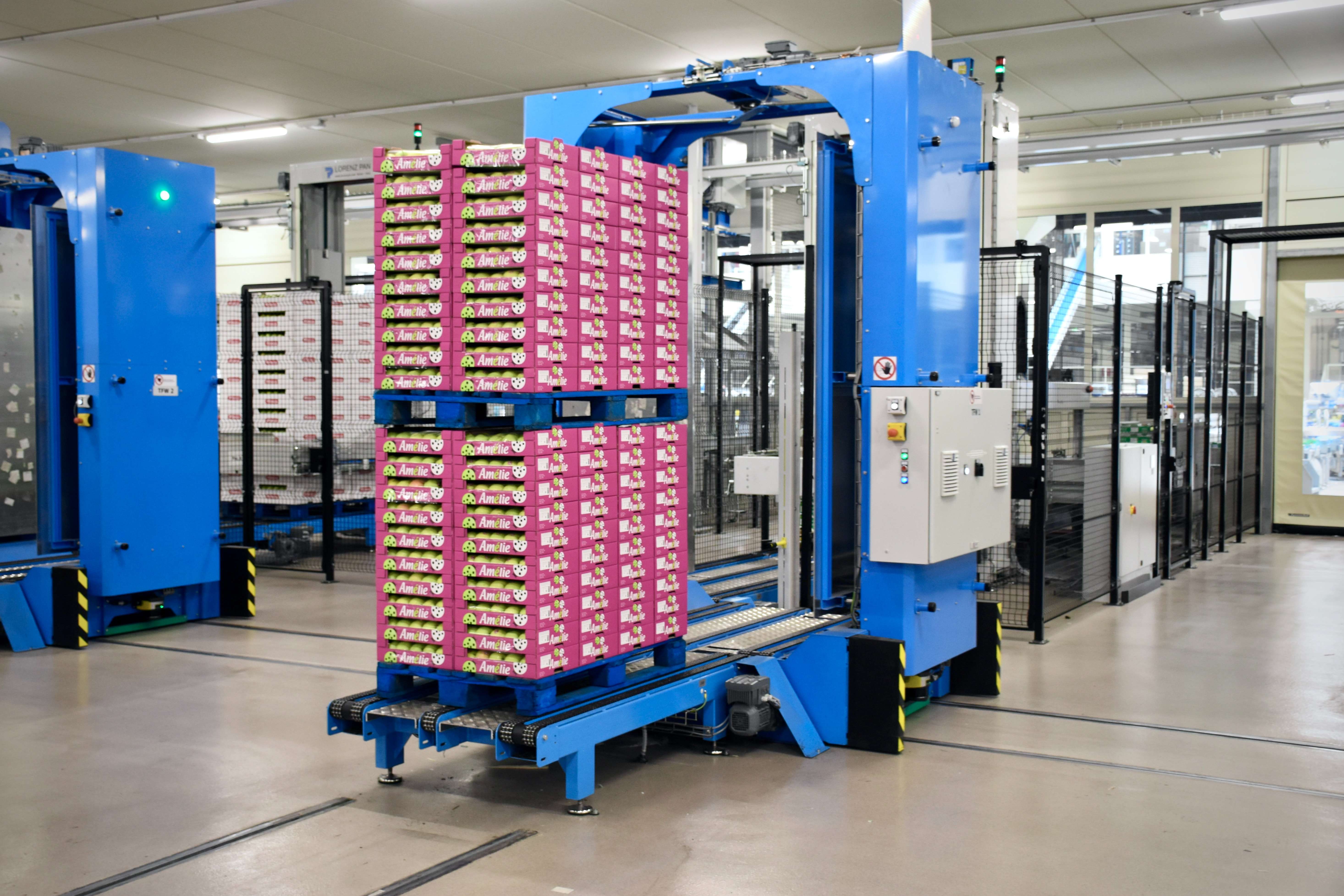
Image Credit: Unsplash
AI can help the farmers in taking into account forecasted weather conditions and its affect on price so that appropriate decisions are made not only in the type of crop but also its exact sowing and harvesting schedules. This however requires appropriate monitoring of the crops. Use of automation can certainly help such as intelligent diagnosis and its proper treatment. More importantly, AI can help sowing right crop at the right time to produce the right product . Globally, many start-ups have come up to do the above. While the recent developments have a great potential to challenge emerging conditions like global warming, duly compounded by other problems such as small holdings etc. With proper use of AI, these difficulties can be surmounted and agro productivity can certainly be increased dramatically provided following steps are taken in development of appropriate machinery for AI usage and training the manpower to use these machines.
As Artificial Intelligence is being increasingly used in livestock monitoring, will the world soon get to see the new-age technology rule the roost in the dairy farming industry as well?

